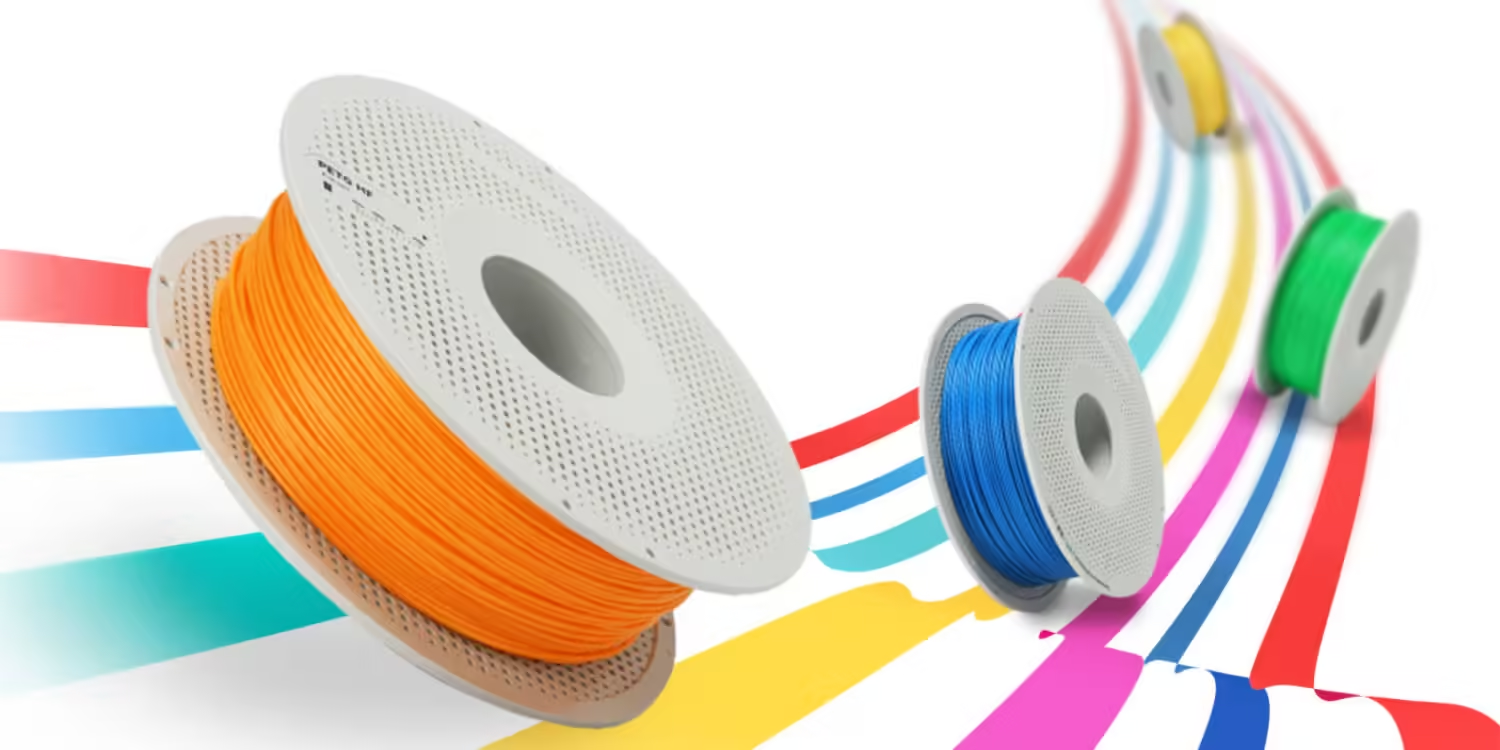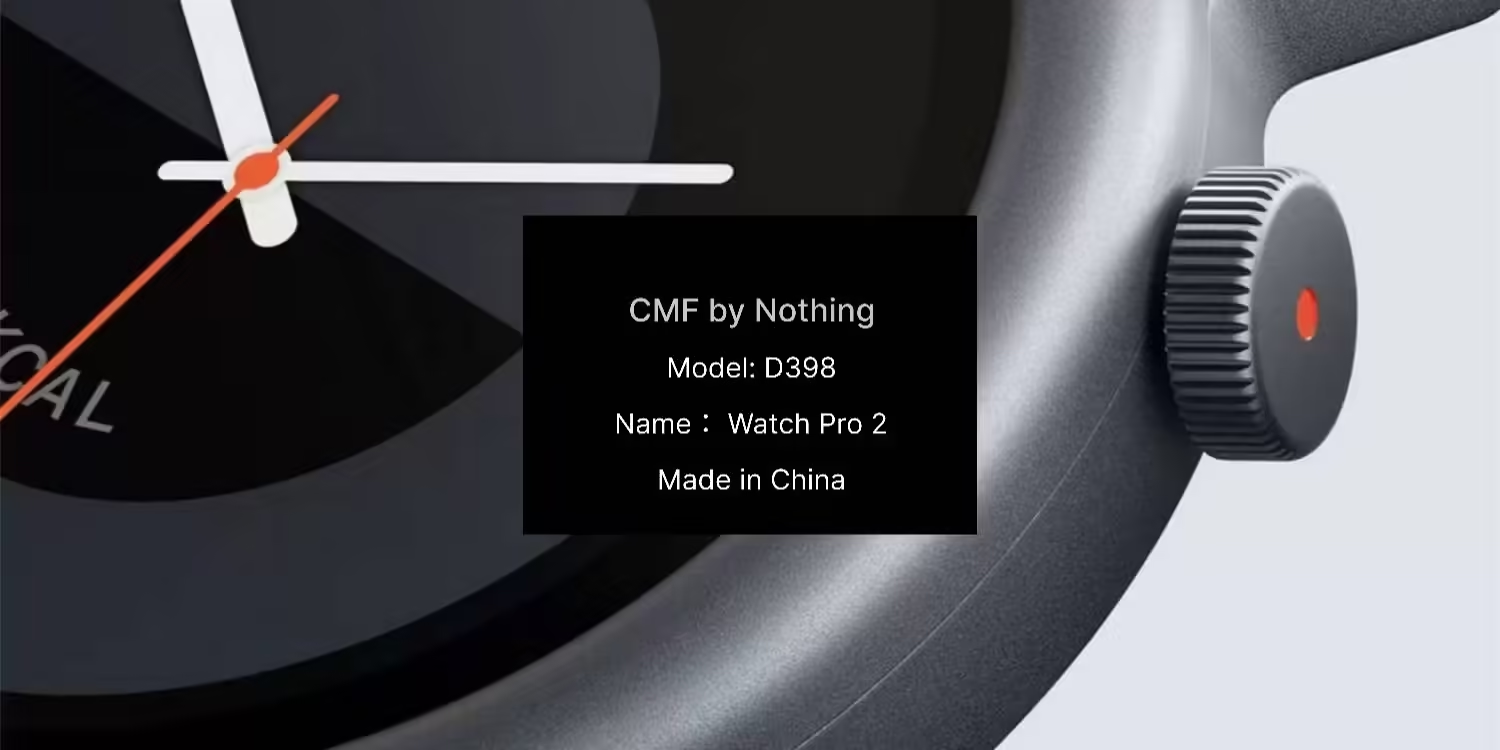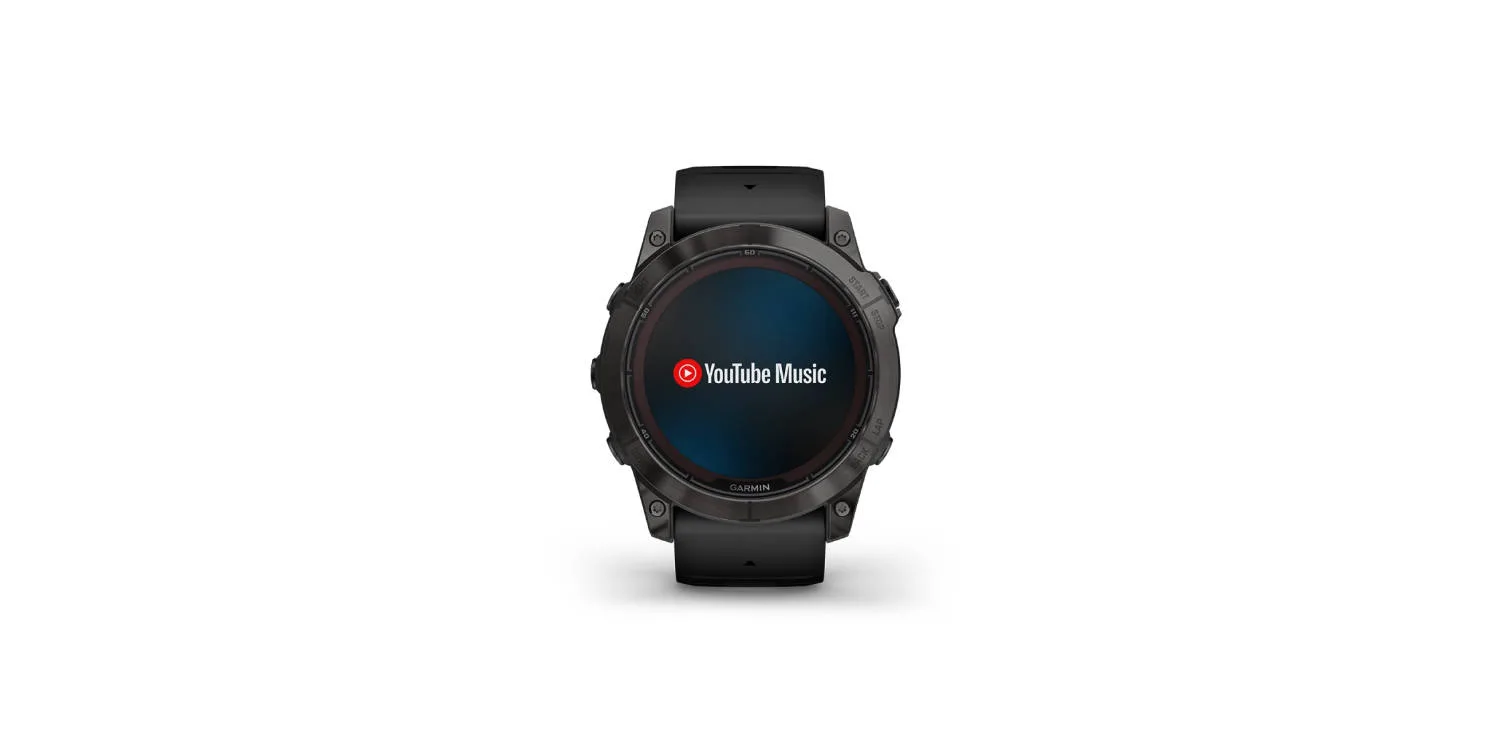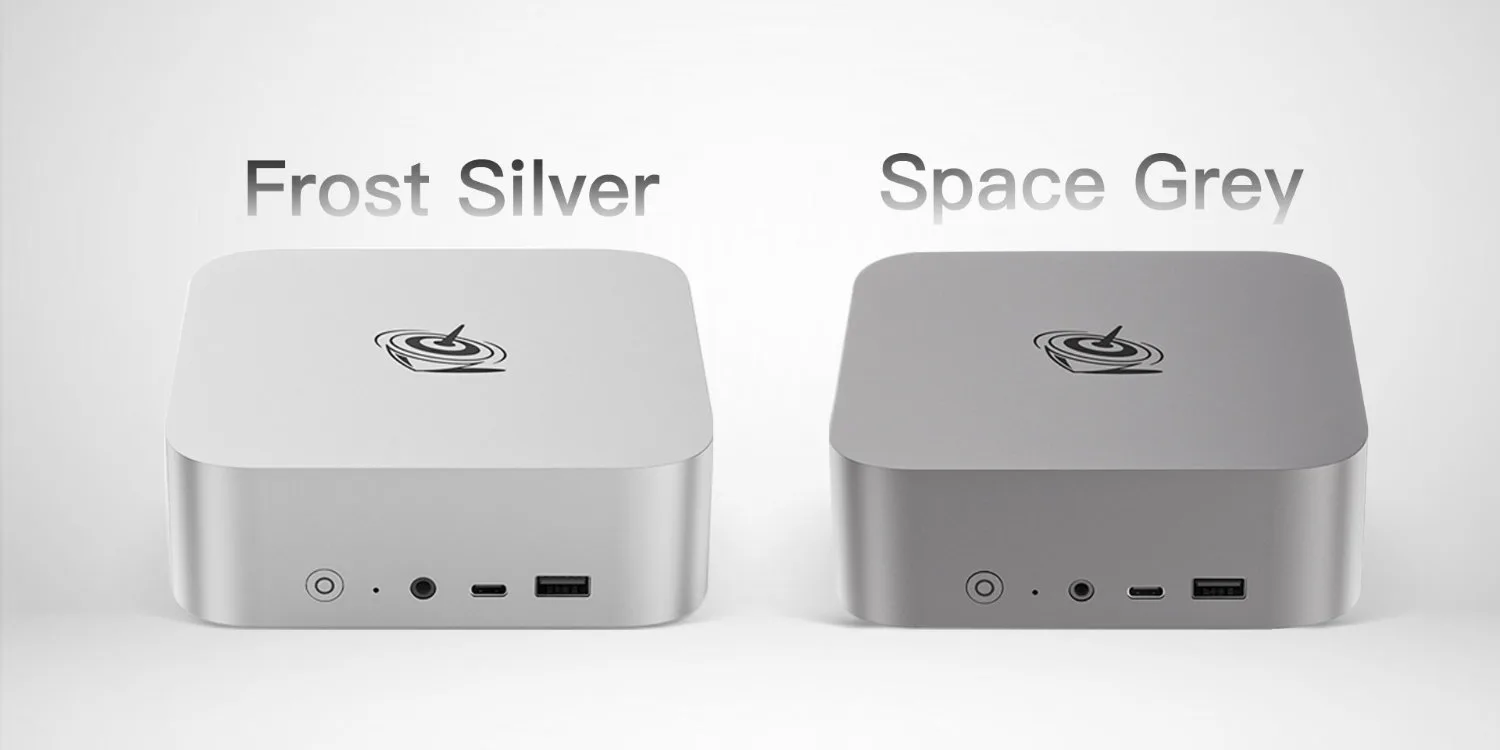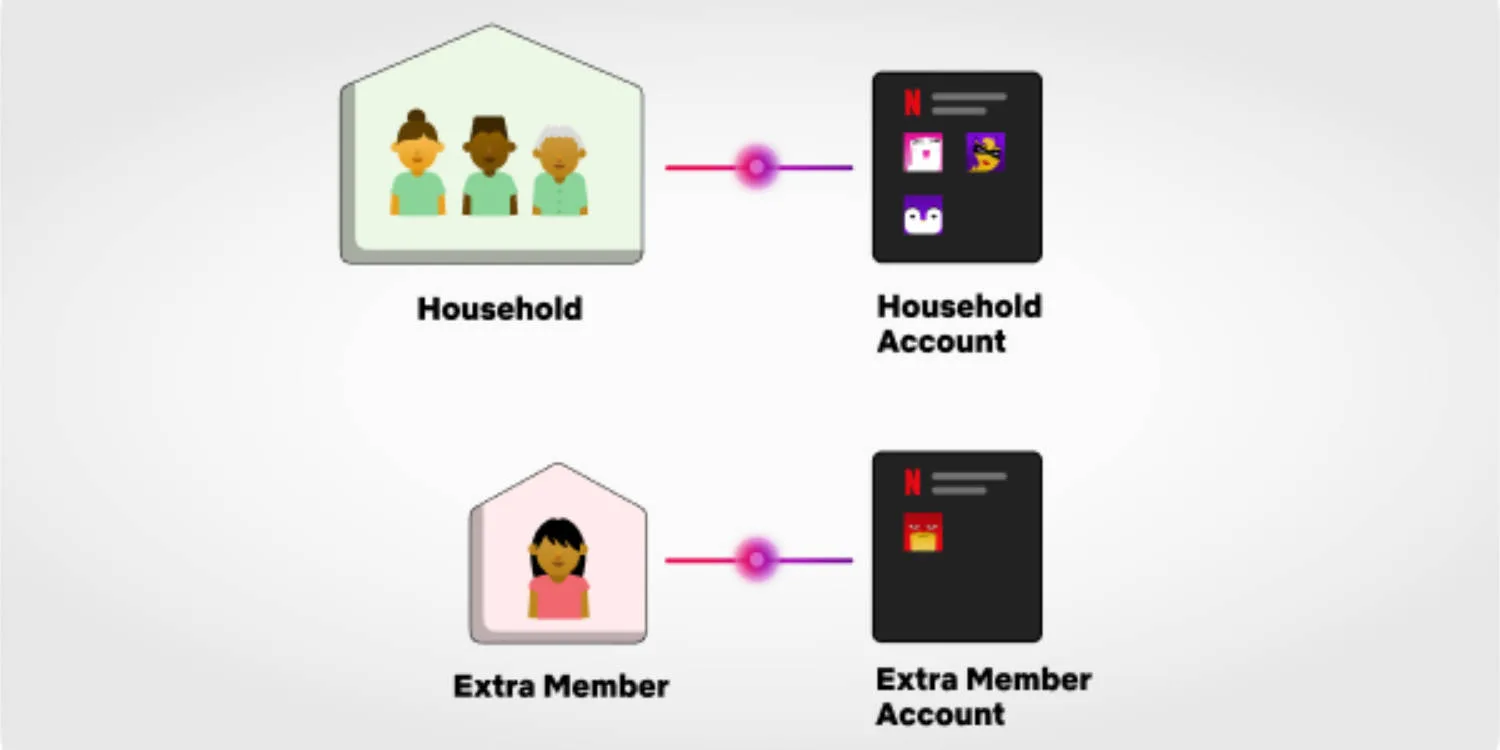TP-Link’s EasyMesh implementation is a standout feature that sets its networking devices apart from the competition, convincing me to rely exclusively on the brand. However, EasyMesh has traditionally been a wireless mesh solution, making it less reliable than wired access points.
That is changing with the recent introduction of EasyMesh with an ethernet backhaul, combining the best parts of a mesh network and wired access points.
What is EasyMesh?
EasyMesh, not to be confused with the older OneMesh, is the latest mesh standard from the Wi-Fi Alliance that introduces a connectivity standard for creating mesh networks. In theory, allowing cross-vendor devices to be used in a mesh network and removing the walled garden mesh devices from Google and other companies.
Currently there isn’t a lot of support for EasyMesh across the board, but TP-Link already have over 35 devices compatible with the new standard either from launch or with software updates. Included in this list is the VX230v, which is often sold through ISPs as the standard modem router combo for new sign ups.
What is EasyMesh with an ethernet backhaul?
Instead of relying on a wireless connection between the main device and satellite devices, using the ethernet backhaul allows users to connect the satellite devices directly to the main device via LAN ports. Therefore, allowing the mesh to be created using a wired connection for improved performance and reliability. This essentially turns satellite devices into wired access points while extending the original Wi-Fi signal rather than creating a new network like is done with standard range extenders.
Which devices are compatible with EasyMesh?
TP-Link has made finidng EasyMesh compatibility easier through a number of pages on its website. The first, is a EasyMesh product collection that shows which devices are currently or have planned support and what type of backhaul is in use, wired, wireless, or aggregated.
Note: There are currently no devices that support an aggregated backhaul.
While that page gives you compatible devices, there is a dedicated forum page with a list of routers that support EasyMesh Ethernet backhaul and more importantly the firmware versions needed for compatibility.
If you are looking for supported range extenders, there’s a forum page for those as well. There are currently only a handful of range extenders that support the ethernet backhaul but TP-Link has mentioned that they plan to roll out updates to its other products.
How do I enable ethernet backhaul?

Enabling the ethernet backhaul is extremely simple, even easier than the wireless backhaul. My current setup is using a VX230 as the main device and a RE900XD range extender as my satellite device.
- Connect to the main device and ensure EasyMesh is enabled. If there is no option, update the latest firmware.
- Connect to the EasyMesh satellite device and click on the EasyMesh or mesh tab. Enable the feature and let the device restart. If there is no option, update the latest firmware.
- Once restarted, simply connect the main device to the satellite device via the LAN ports and wait for the statellite device to activate.
- Once connected, in the web portal of the main device there should be a Topology section on the homepage showing the main device and satellite device connected via a wire.
- EasyMesh is setup and you Wi-Fi range should improve. It’s that easy.






